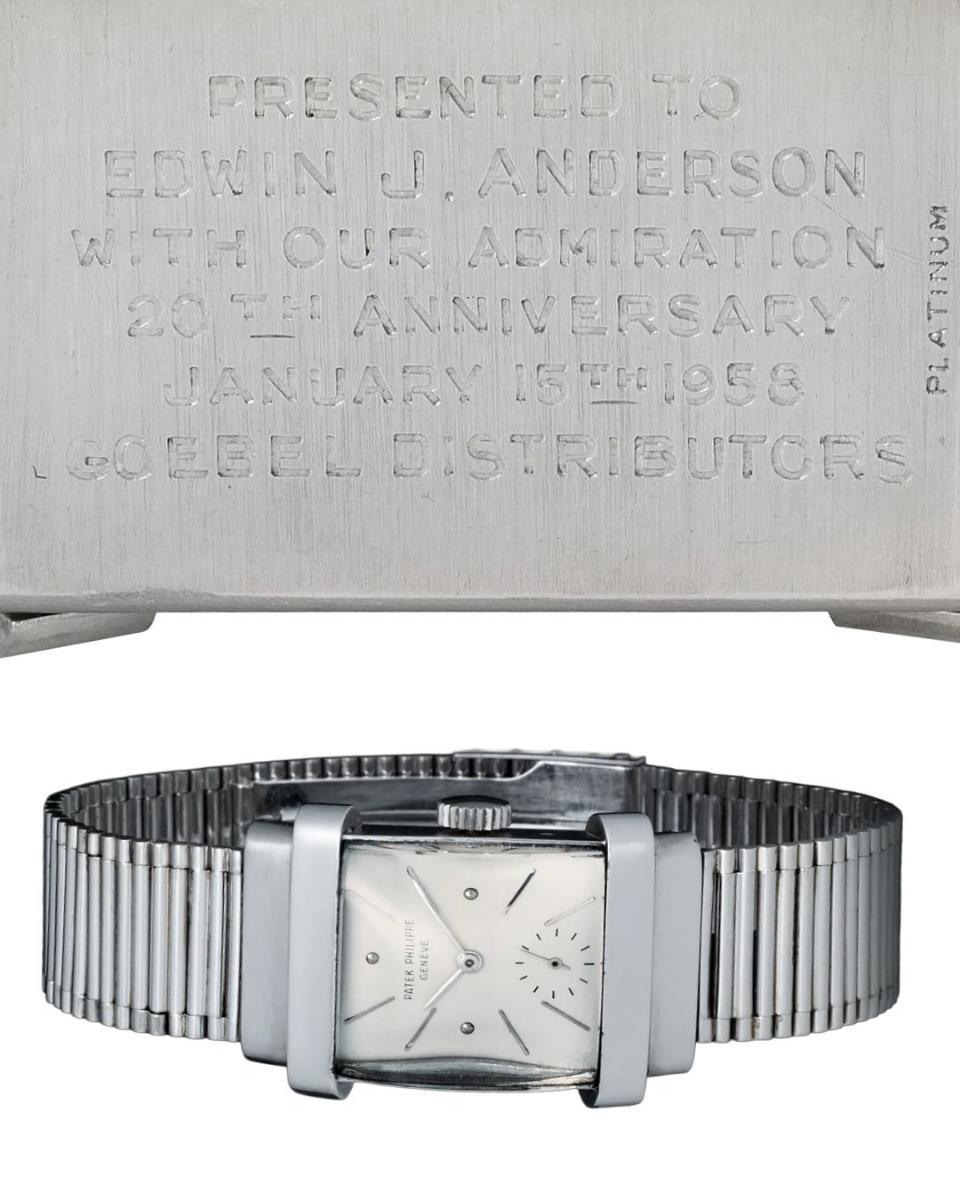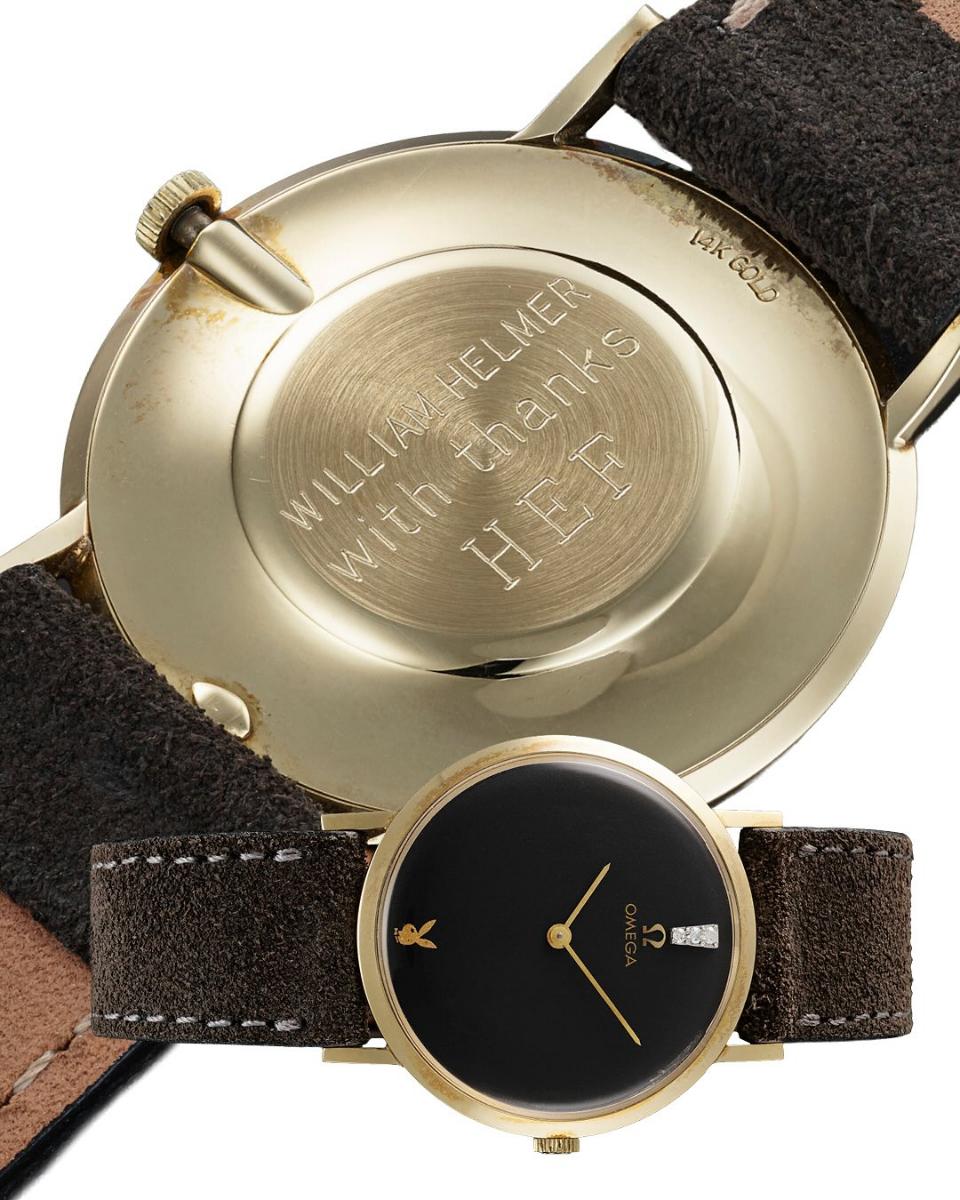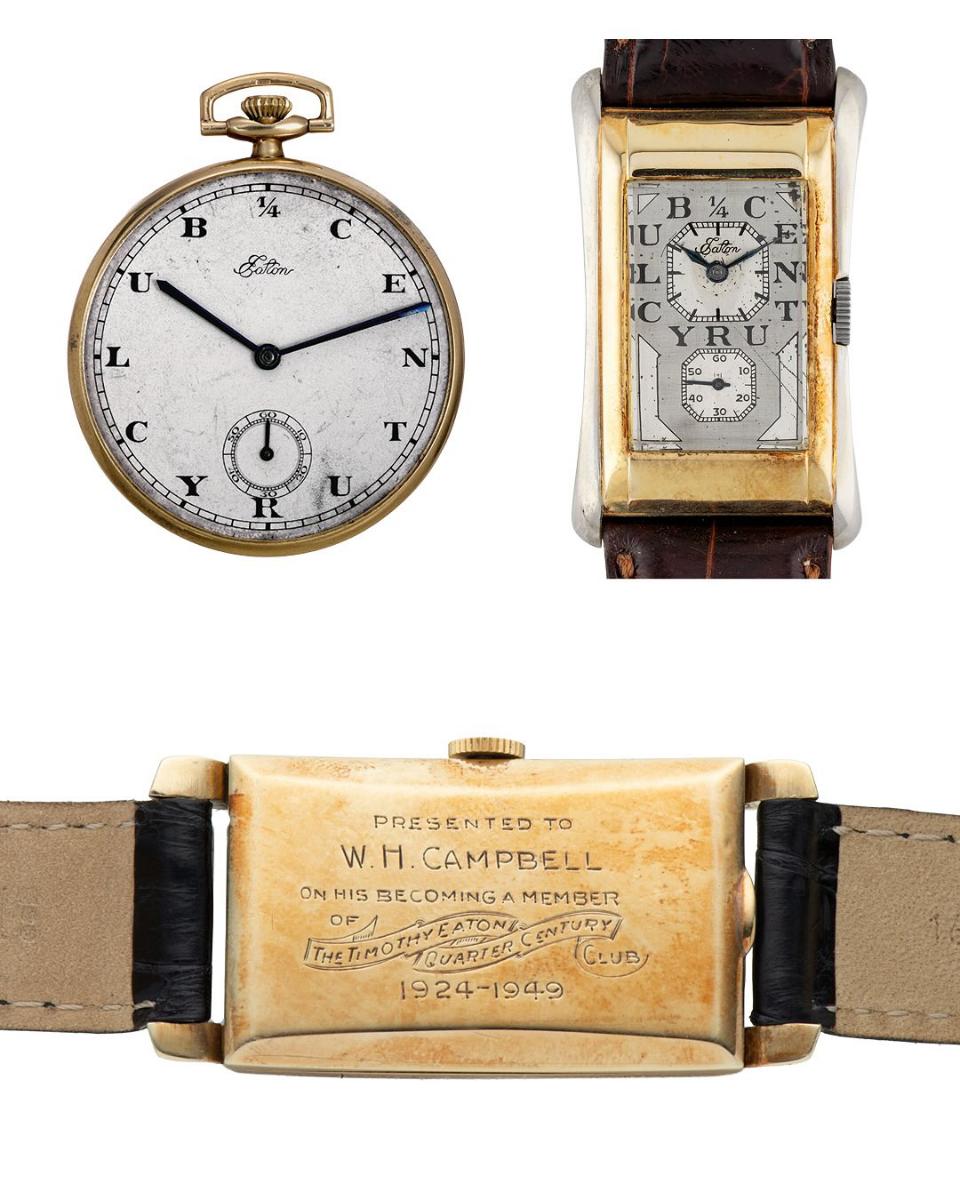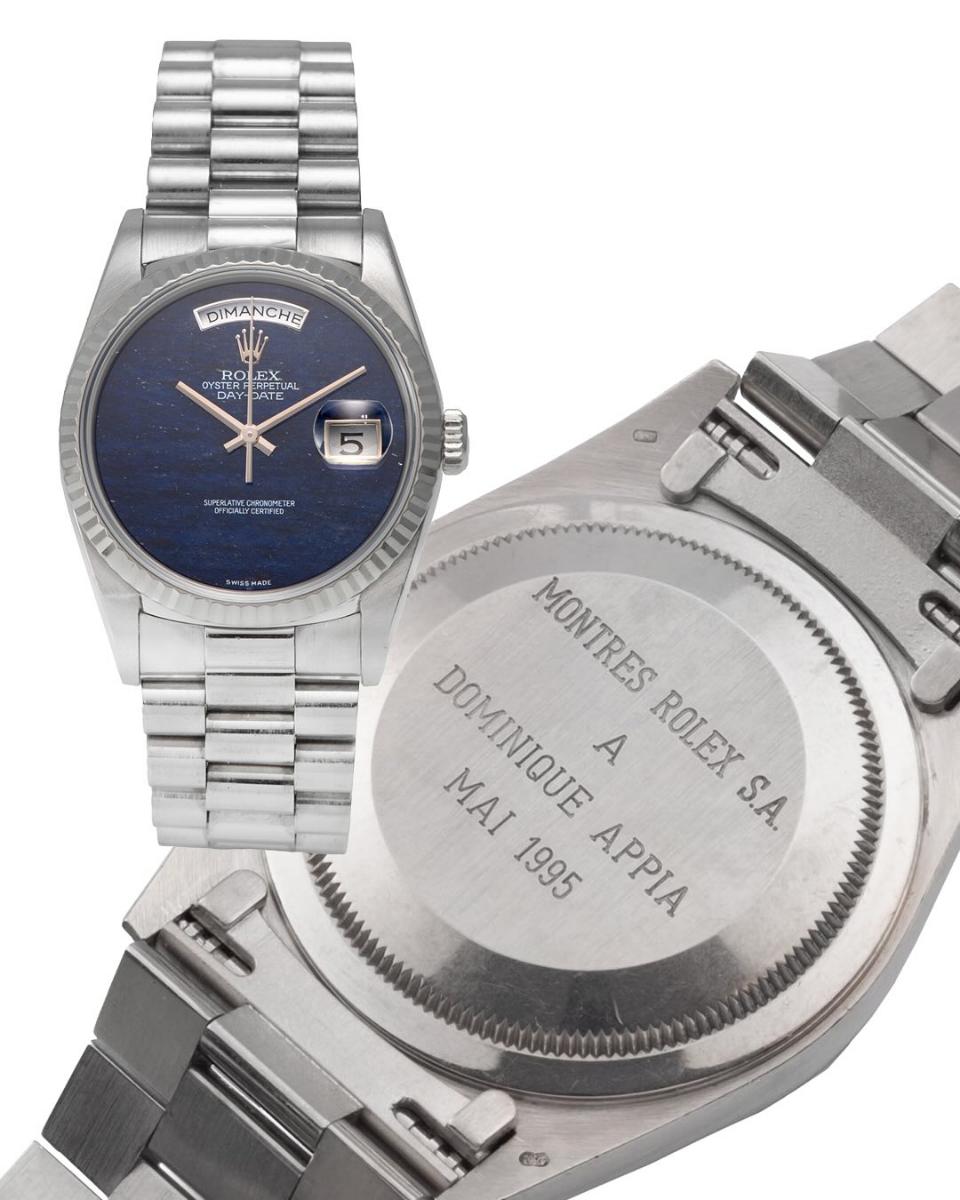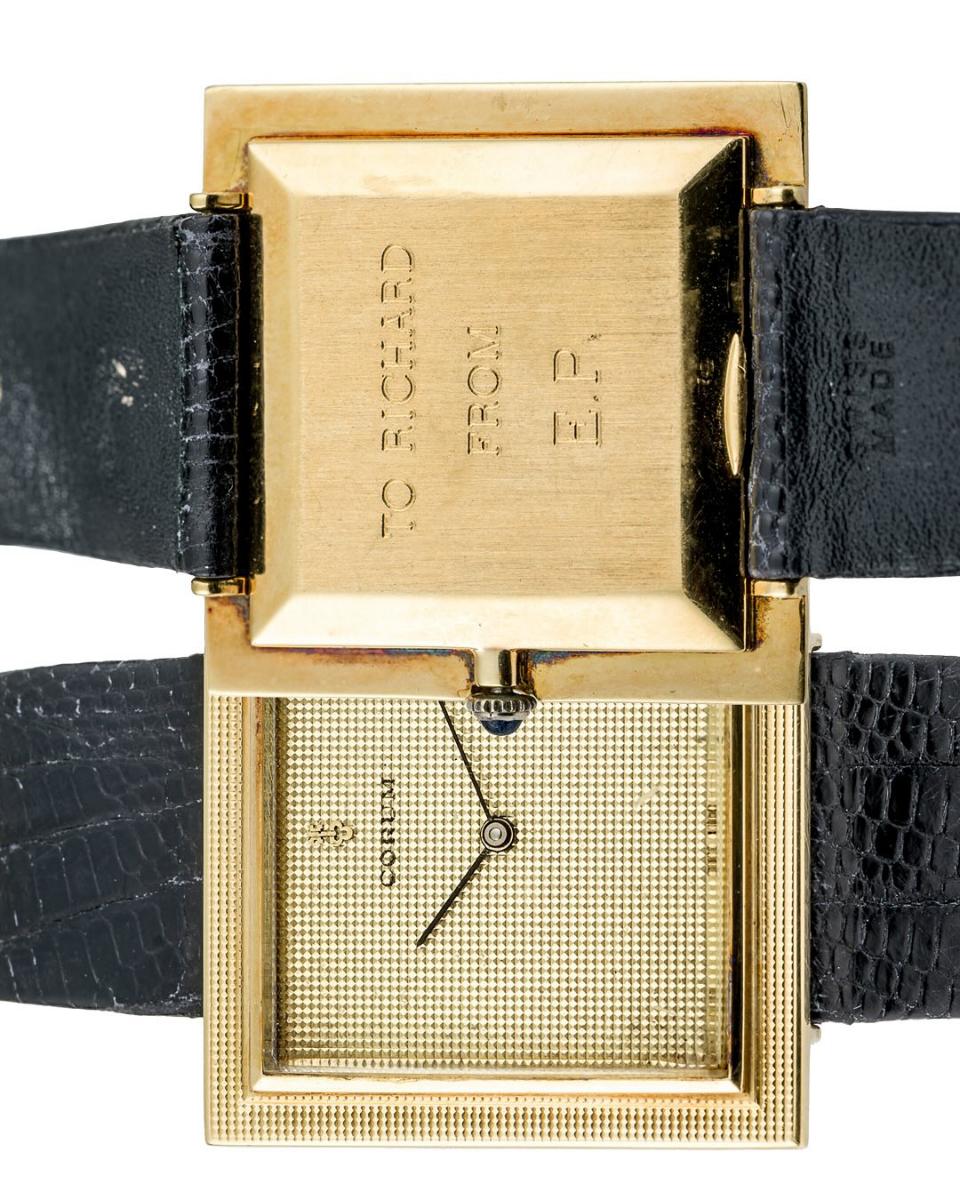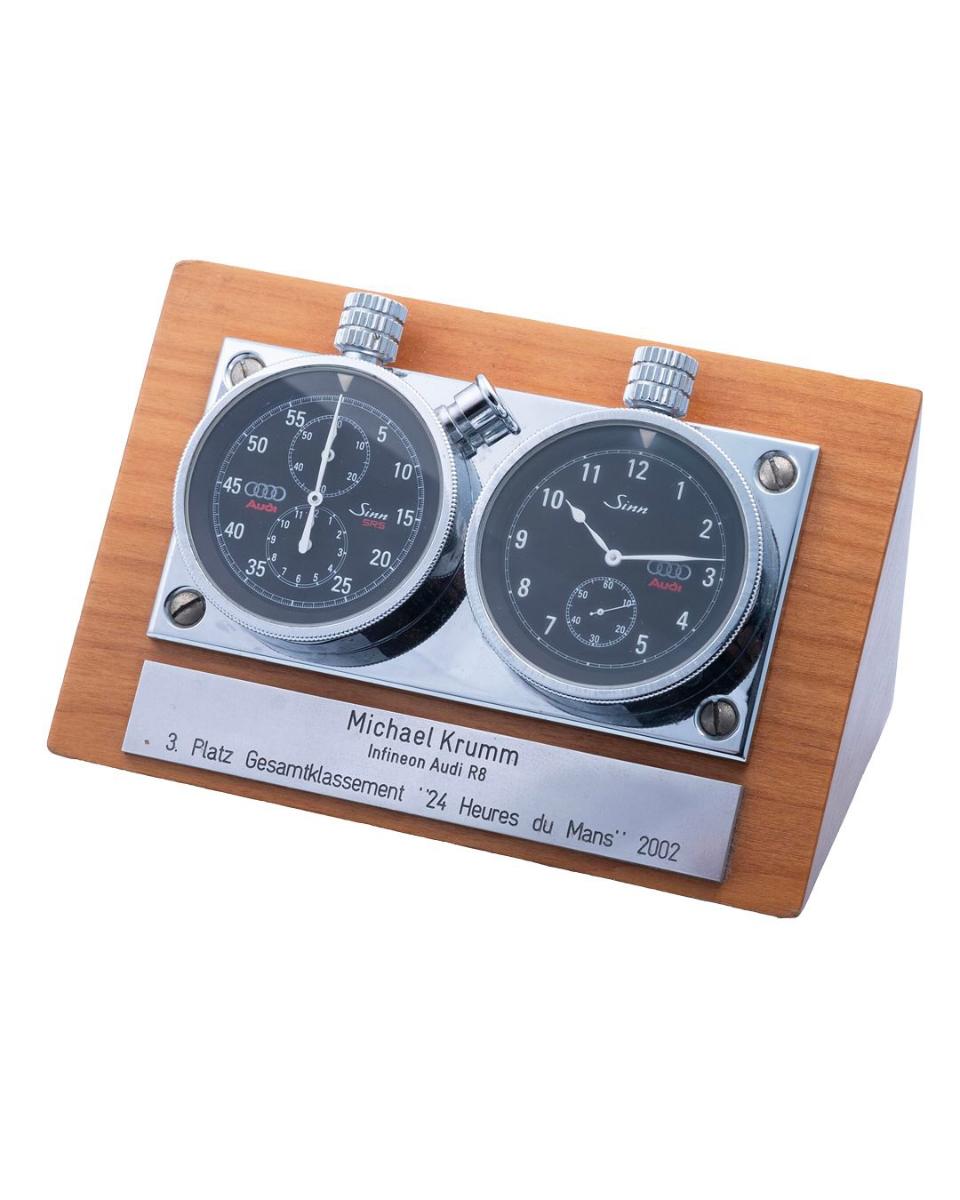THE QUIRKY BACKSTORY OF . THE QUIRKY BACKSTORY OF . THE QUIRKY BACKSTORY OF . THE QUIRKY BACKSTORY OF . THE QUIRKY BACKSTORY OF
OFFERED WATCHES. OFFERED WATCHES. OFFERED WATCHES. OFFERED WATCHES
29 July 2025
THE QUIRKY BACKSTORY OF OFFERED WATCHES
education
by @watches_and_culture


